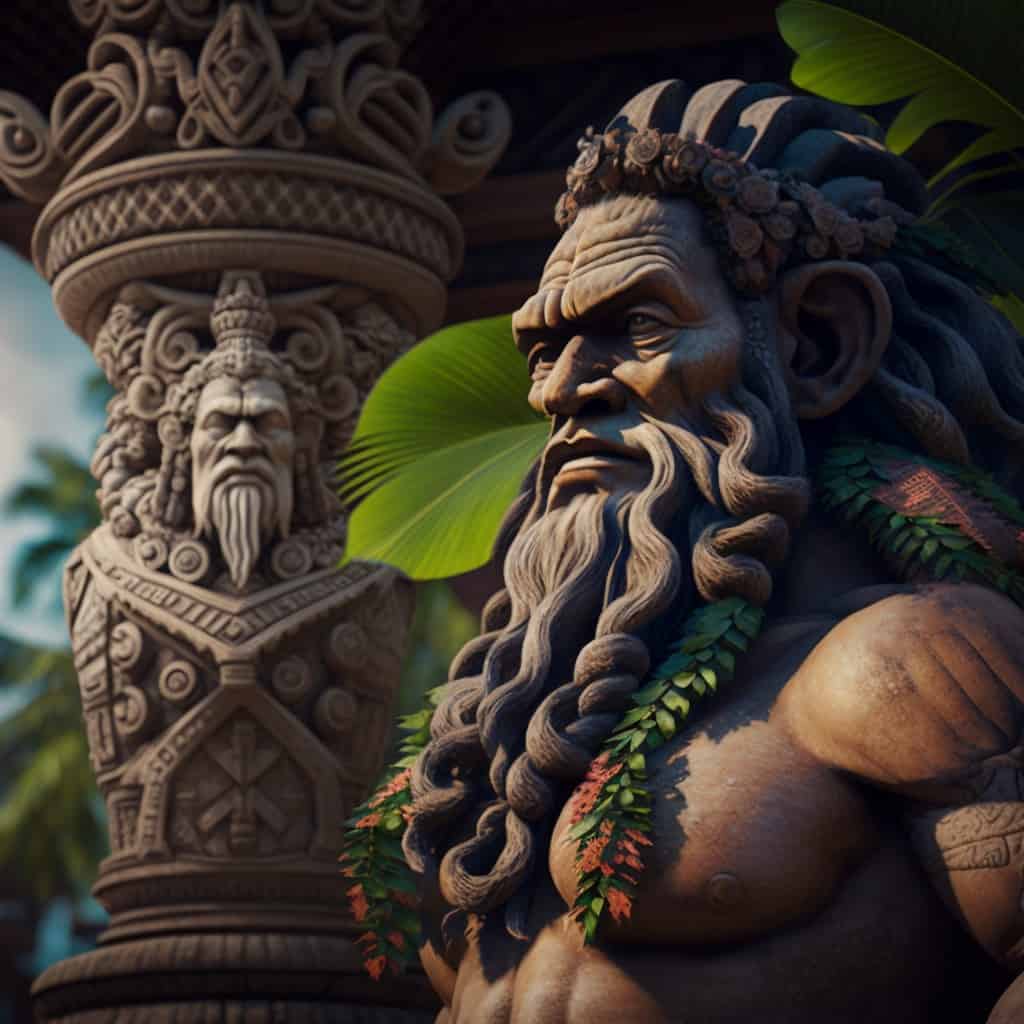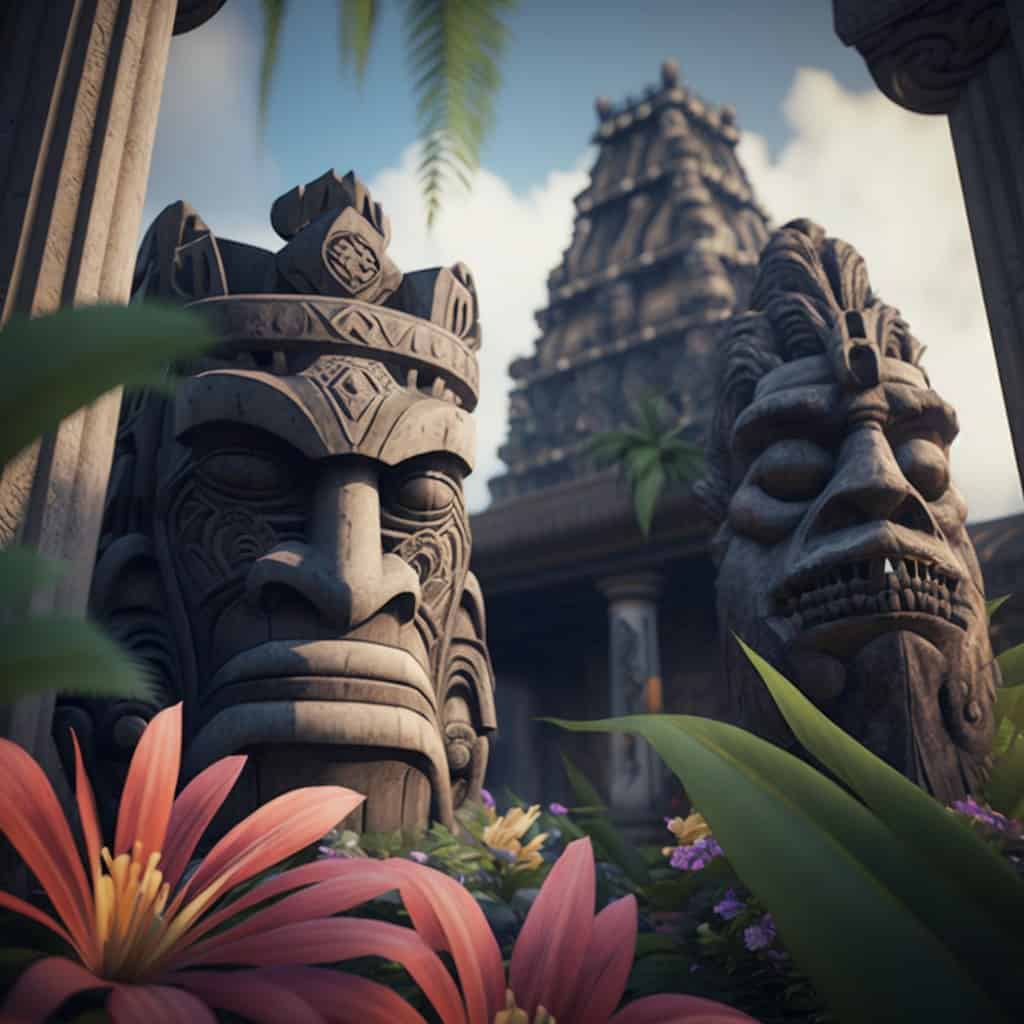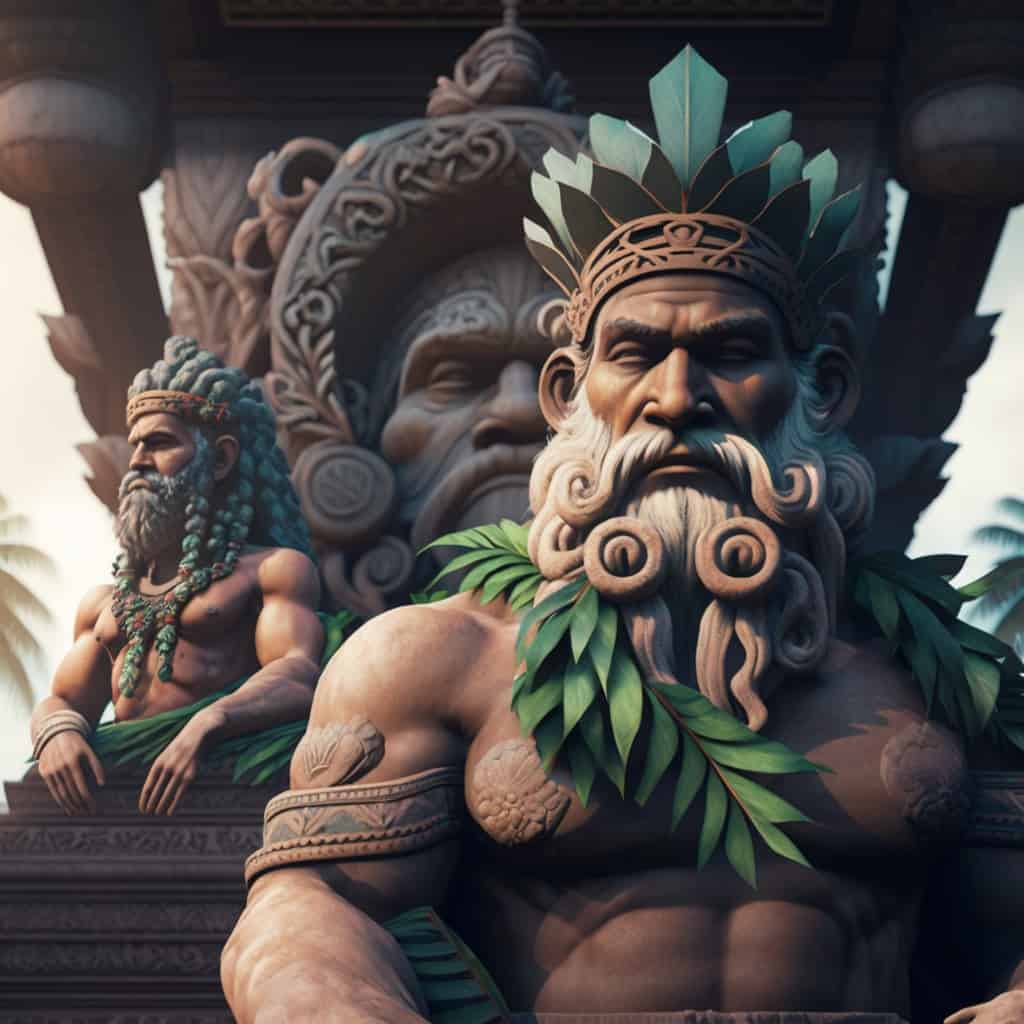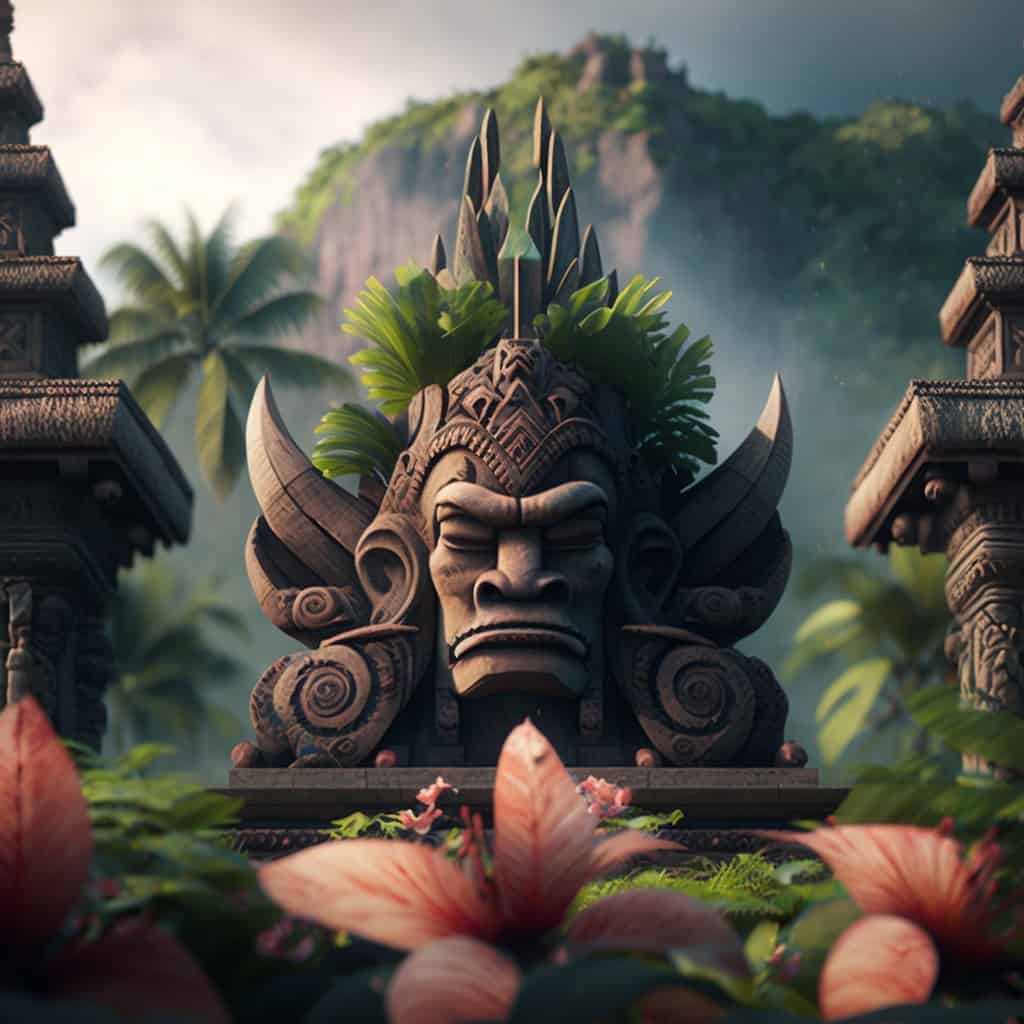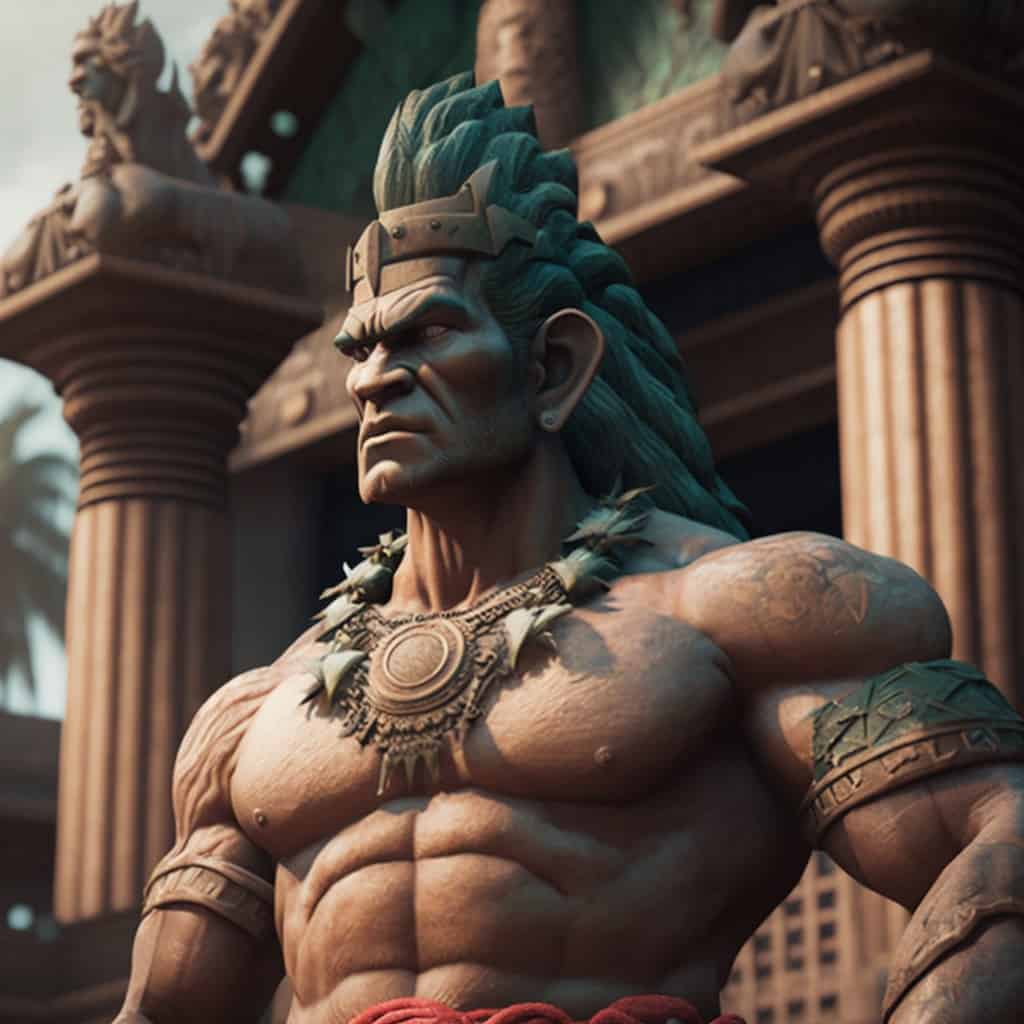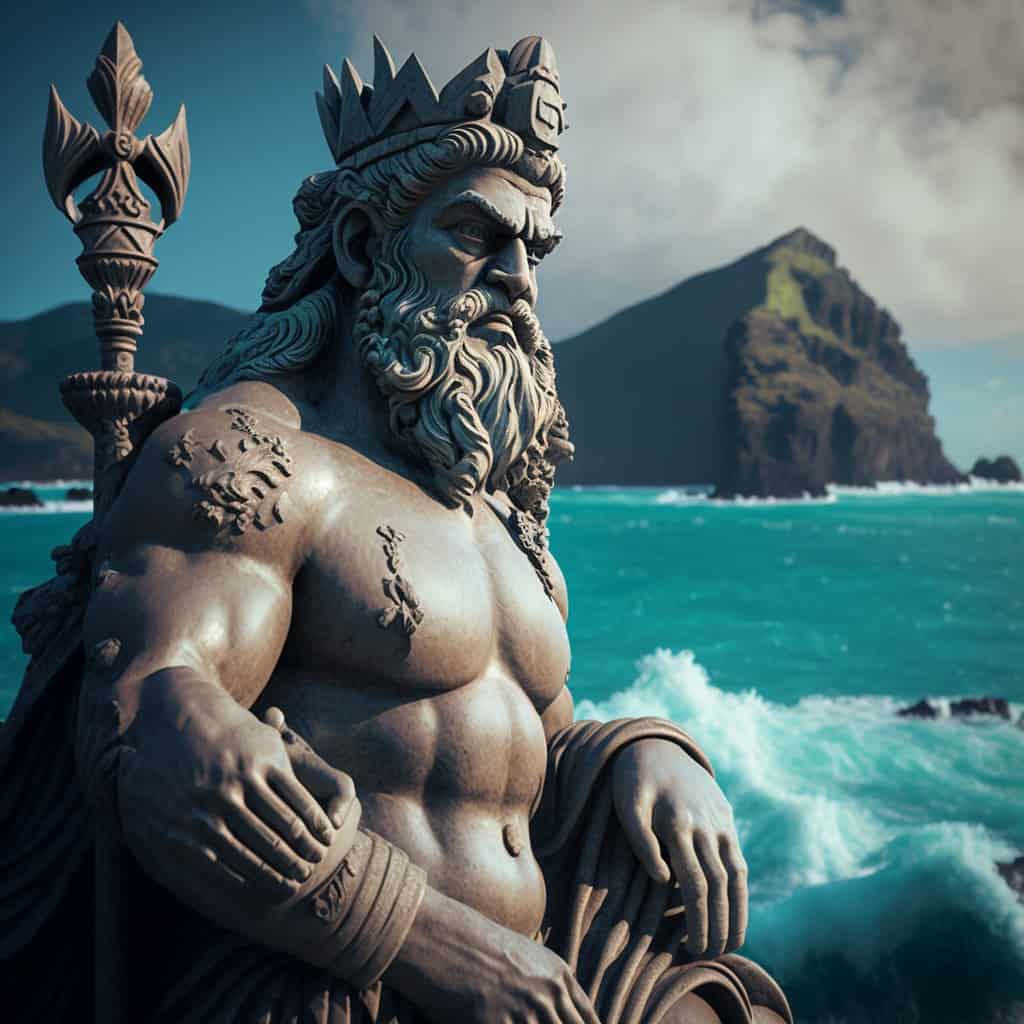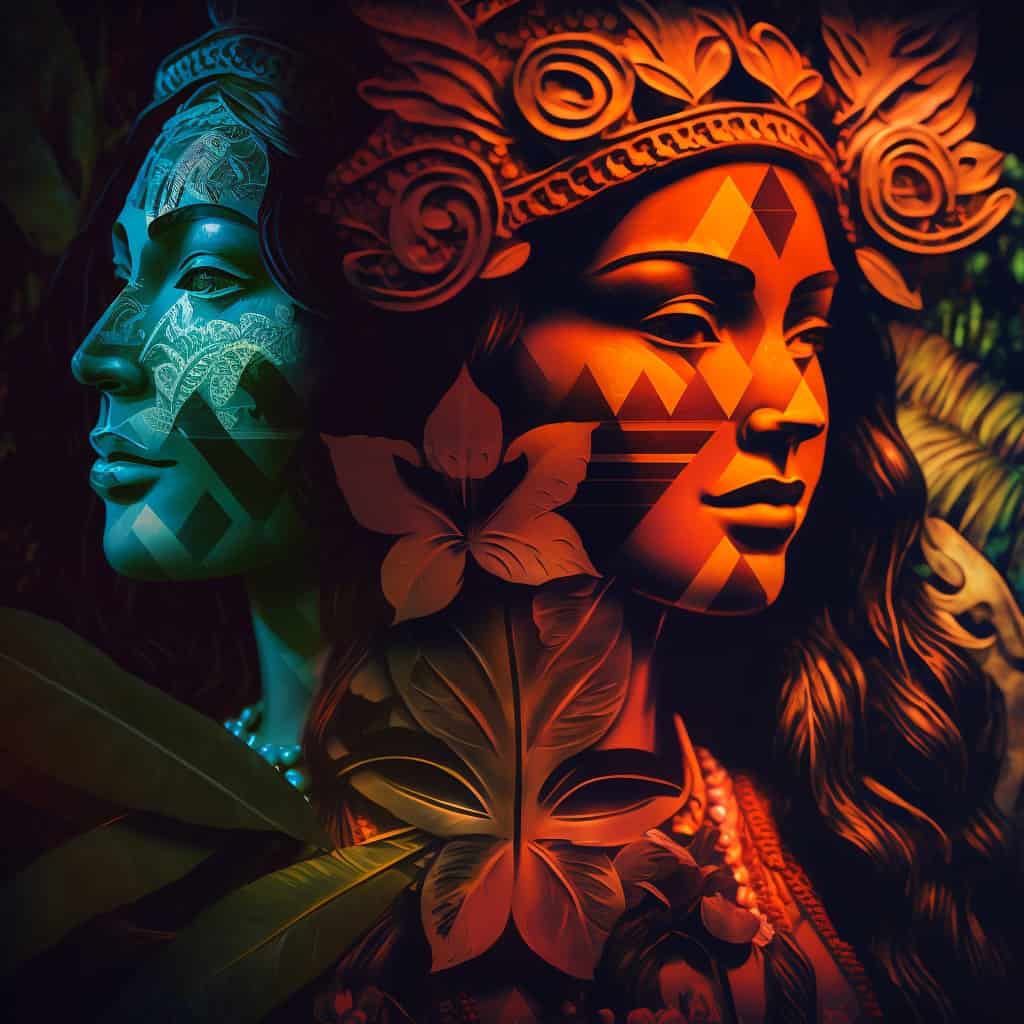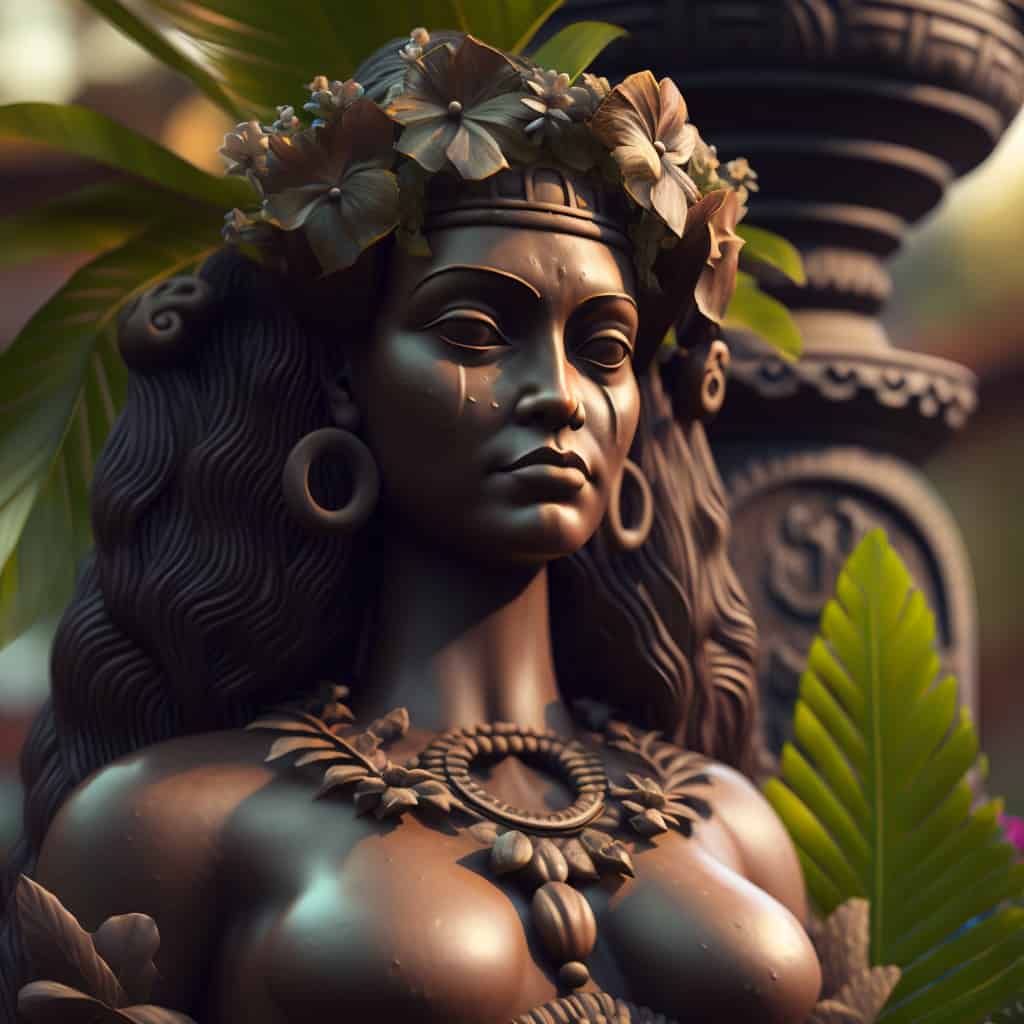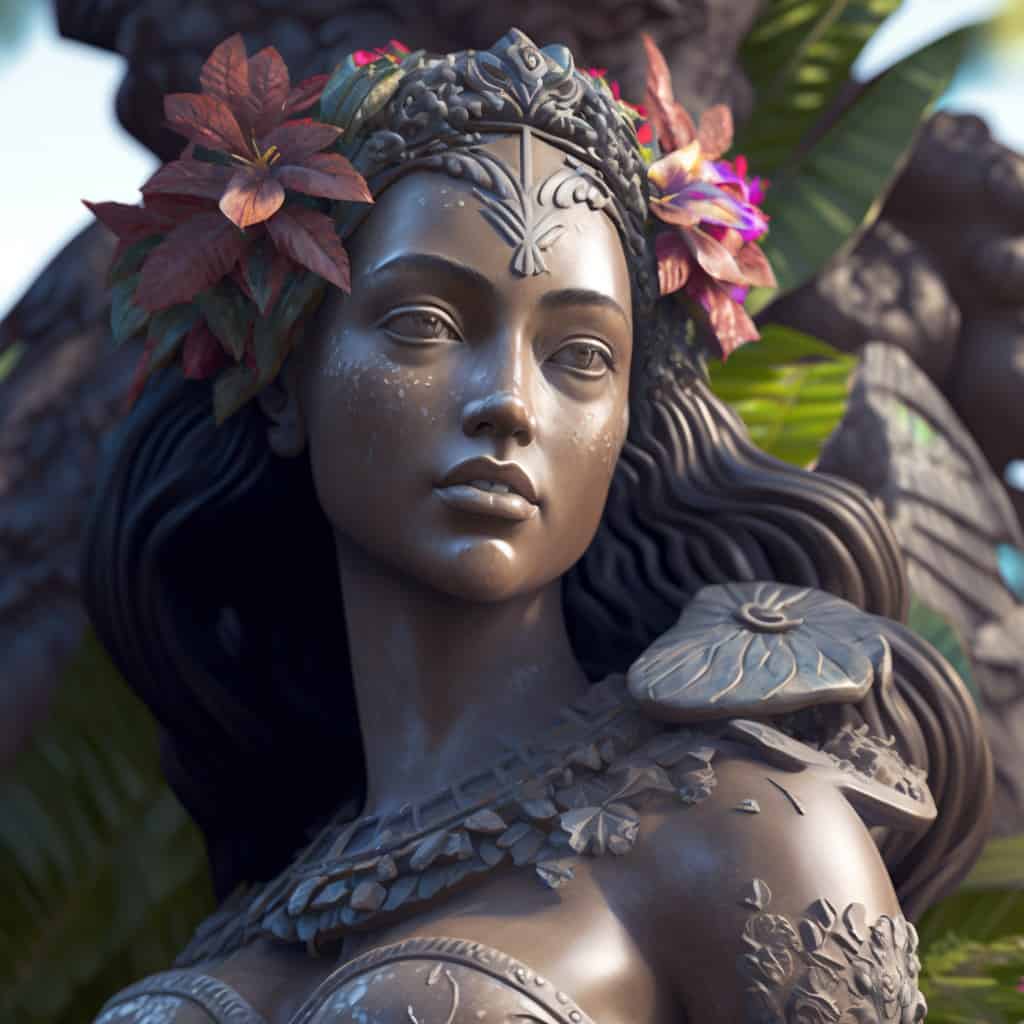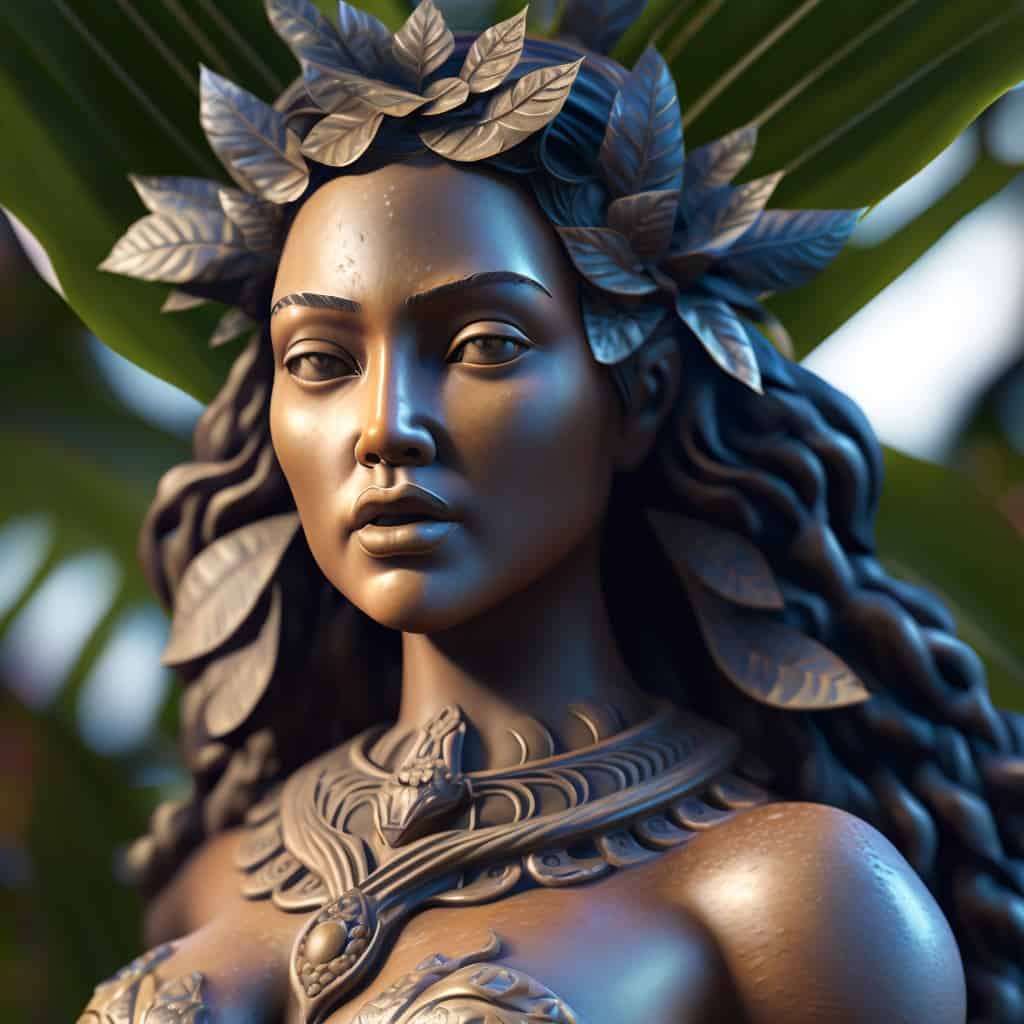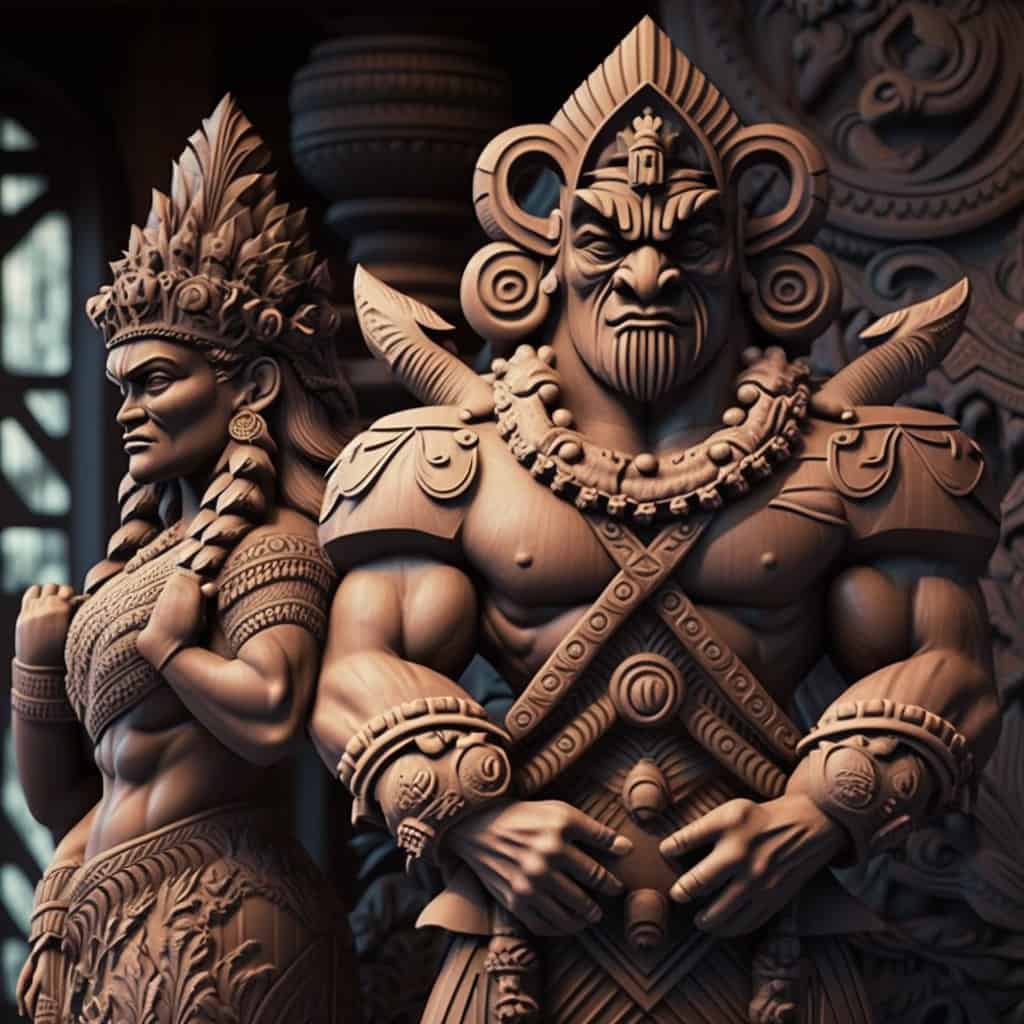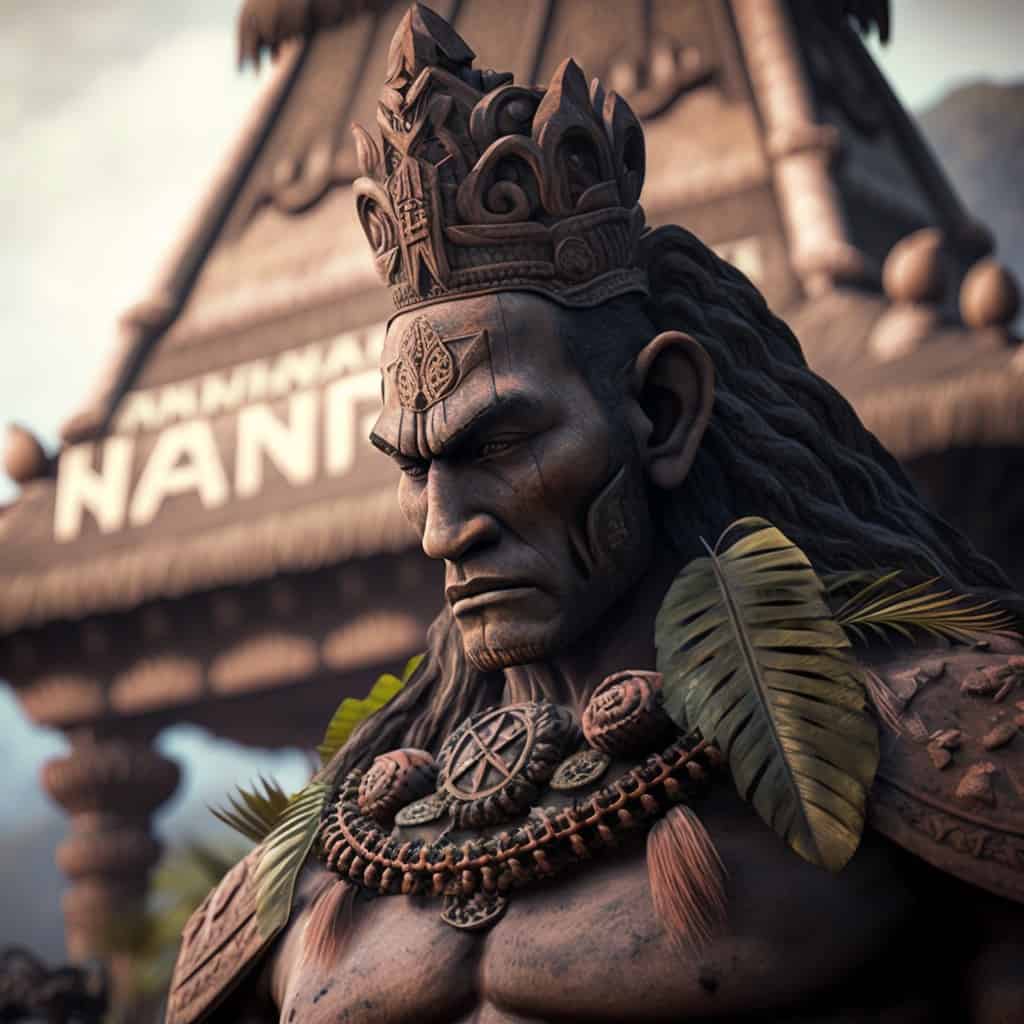Even though Hawaiian interest has been on the rise as of late, mostly thanks to the success of Disney’s Moana, it’s still pretty safe to say that very little is known about their culture and mythology.
That’s because the Hawaiian pantheon is very vast and intricate, with thousands of gods and goddesses living amongst each other.
Another thing that’s interesting about it is the fact that some deities are peaceful and beneficent to human society, but this isn’t always the case.
In fact, there are quite a handful of gods and goddesses that are used as bedtime stories to warn children of the terrors of the world, and especially of the wrath that the gods are capable of.
So, for today we decided to give you a brief lesson on the most important figures in the Hawaiian pantheon.
But before we get into the ancestral theogony of the Hawaiian people, let us first go over some of the basics of Hawaiian culture so you better understand their way of thinking:
What Do Hawaiians Believe In?
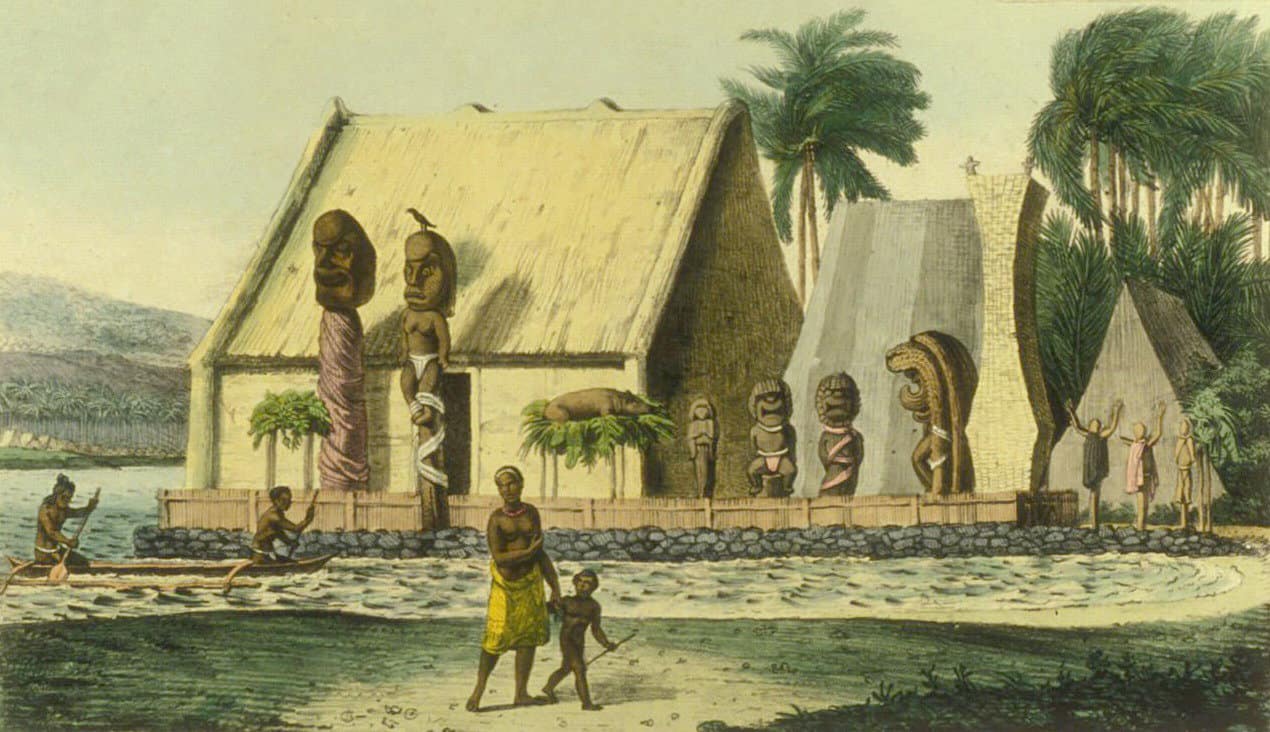
As mentioned previously, the Hawaiian religion is polytheistic, which means that they have more than a handful of deities to choose from.
If you want a better understanding of how their belief system works though, this is all you really need to know:
- There are four main gods that go by Kū, Kāne, Lono, and Kanaloa
- There are forty different aspects of Kāne which all double down as gods in their own right
- There are around four hundred other gods and goddesses that live outside of those main four’s reach
- There are hundreds if not thousands of other gods and goddesses that either belong to lesser tribes or just exist separately from the main four gods
- You have the spirits that either protect certain families or they protect whole villages
- The guardians on the other hand are the ones that make sure that your life follows the path that was chosen for you, so they will help guide you towards your destiny as well as protect you from evil
Interestingly enough, there is proof of the fact that a lot of the ancient Hawaiians were atheists after all. These people were referred to as the “aia” and they tended to live in villages of their own so they never intermingled with the believers.
The Creation of Man
One of the most popular Hawaiian myths is the one that talks about the creation of man. This myth is embodied in the Kumulipo, which is the creation chant that was first discovered by the Westerners around the 18th century.
In this myth, it is said that the first man and woman of this world were Kiʻi and Laʻilaʻi, and that through their copulation all of the lesser gods would appear.
This is believed to be a metaphor for the transition of mankind from being symbols for the gods, into being the protectors of these symbols.
The Kahuna and Kapu
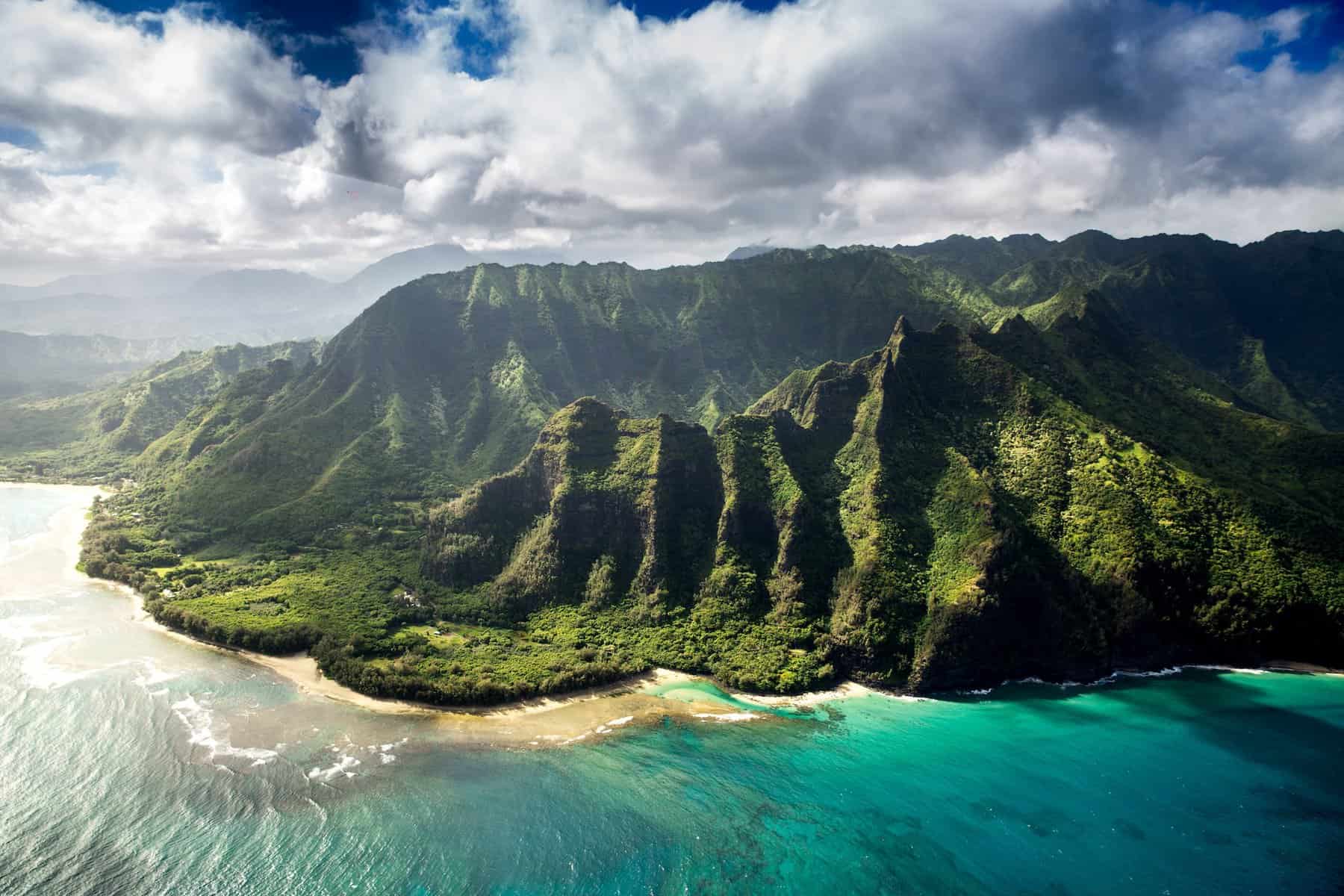
The Kahuna were known as the most well-respected individuals in the Hawaiian society. They were the members of the social hierarchy that accompanied and served the King and the Courtiers, but even so they spend most of their time assisting the common people in whichever way they could.
This was because they were well educated in every means necessary to serve their government, and as such you could expect the Kahuna to be healers, navigators, builders, temple workers, philosophers and even prophets in a lot of the cases.
All of the Kahuna members were known for having kapu tattoos on their bodies. These were the tattoos that were meant to indicate that the wearer was spiritually pure, unlike all the other members of the society which were potentially unclean.
But the kapu weren’t just there for show, they also restricted a lot of aspects of daily life to ensure the purity of the wearer’s souls, including the following:
- The members of the Kahuna were not allowed to eat around members of the opposite gender, so men and women would always have to eat separately no matter the time of the day
- There were a lot more restrictions on the gathering and preparation of food which again helped keep them purer from the rest of society
- Women would be forced to live outside of the community during their menses
- The Kahuna also couldn’t look at, touch or even be close to the chiefs or the members of the society that were known to hold a lot of spiritual power
- They were not allowed to overfish either
Punishments for Breaking the Kapu
If any of the Kahuna members were to break the kapu rules, the outcome would usually be the same, death, although in a lot of cases this could be avoided.
One way that one could escape this punishment included going over to a puʻuhonua, which was a city of refuge in which even the Kahuna couldn’t be touched by the chiefs.
Interestingly enough, the Kāhuna nui was also quite strict, in that the entire village needed to be absolutely silent.
This means that no babies were allowed to cry out, no dogs could howl at their own will and the roosters were not allowed to make any noise either. Breaking these rules would again result in death.
This kapu system would continue to be in place until 1819, which is when King Kamehameha the Great passed away.
After the loss of the chief, his wives Ka’ahumanu and Keōpūolani would come together to overthrow the kapy system
Their plan was a success as they managed to convince Kahemahema II to do it for them, and before long the people would burn the wooden statues and take down the rock temples to showcase the coming of a new age.
With all of that being said though, what exactly did the Hawaiian people believe in, and more importantly, what gods did they worship? Let’s find out together as we go over the 12 most important figures in the Hawaiian pantheon, starting off with:
Kāne: Creator God
Kāne is the first name that comes to mind whenever you think of the Hawaiian gods and goddesses, and for good reason too. He was the main chief among the gods and often times he was believed to be the creator of the sky and of light.
Because he served as the patron of all creators, whenever anyone in the Hawaiian society would be getting ready to build something like a canoe or a structure on land, they would seek Kāne’s blessing.
He was also worshipped during childbirth every now and then, and when it came to the offerings that the people would give him, you can expect prayers, kapa cloths and mild intoxicants to top the list.
Kāne is believed to have been the first God to have pulled himself out of Po, the endless chaos that existed before all life.
His brothers Kū and Lono soon followed in his footsteps and before long the three had created everything around them, including all the lesser gods that are also worshipped to this day.
Next up the three would create Earth to be their home, and before long they also decided to create man out of red clay to inhabit their planet and worship them.
Lono: Life-Giver
Next up we have Lono, the Hawaiian God of Agriculture and Healing. He is the one that is associated with peace, fertility and music.
All life is sacred to Lono, which is why he was the one to provide humanity with the much needed fertile soil that they could work on to survive.
Lono is the one that rules over the four rainy months of the year, which is why you will often times hear that during October to February, all war is forbidden.
When James Cook arrived in Hawaii, the locals believed that he was Lono himself, but before long they realized their mistake and a battle ensued which resulted in his death.
Kū: War God
Kū is the God of War for the Hawaiians, and when it comes to his personality and the stories surrounding him, he is very much so just the Hawaiian version of Ares.
Interestingly enough though, war was considered to be a very important part of tribal life, and as such Kū was honored and respected a lot by everyone. He was also believed to be able to heal wounds with a single look.
Kū was worshipped a lot by fishermen and canoe makers too, and not only that but he was also held in high esteem by the men that had fertility problems.
Honoring Kū was a bit controversial though, as it was done through human sacrifices. He was the opposite of Lono, and he reigned over eight of the months of the year while his brother only had four in his stead.
Kanaloa: Master of Oceans and Darkness
Having been created by Kāne himself, Kanaloa was originally made to be Kāne’s opposite. So, while Kāne ruled over all of light and creation, Kanaloa was the one to rule over the ocean and the darkness within it.
Because of this, he was often times worshipped by sailors before they would set out, and even though he represented the darkness, he was not a feared symbol for the locals.
It is believed that the reason as to why he fell from grace and was not as worshipped anymore is the fact that Christianity started to set foot on the Hawaiian shores, and this changed the way of thinking for the locals.
So, instead of having four major Hawaiian gods, the locals instead worshipped the holy trinity of Kāne, Lono and Kū, with Kanaloa taking a secondary role from this moment onwards.
Hina: Ancestral Moon Goddess
Describing Hina is actually quite a hard feat, as she was so popular that there was no official “Hina mythos” that everybody could agree on.
The most popular portrayals of her stated that she was a Goddess of the Moon and that she was the opposite of her sibling and husband, Kū, but again, don’t expect everybody to agree over this.
As the Goddess of the Moon though, she would protect the travelers during nighttime, so it wasn’t unheard of to pray to her before setting off on a journey.
Pele: Fire Goddess
Interestingly enough, Pele was a goddess that was specifically worshipped around Hawaii, with most of the rest of Polynesia not recognizing her.
This is because she is believed to rest in an active volcano from the Kilauea crater, and that the reason as to why it keeps on erupting every now and then is the fact that her emotions are so strong and volatile.
As the Fire Goddess, she appears a lot in Hawaiian myths as a beautiful woman that either creates lands with her power or demolishes them in a matter of minutes.
Kamohoali’i: Shark God
Kamohoali’i is one of the many gods in the Hawaiian pantheon that appears in the form of an animal, which in this case is a shark.
But, do keep in mind that he could transform into most any type of fish out there, but usually he would transform into a shark as that was his favorite form to take.
He would often times appear in front of the sailors that were lost at sea, and it is believed that if you fed him awa he would guide you back to shore.
Laka: The Goddess Honored with Hula
Being the goddess of beauty, love and fertility as well as the goddess of dance, it’s no wonder that Laka was often times portrayed as the most beautiful and desirable woman in the Hawaiian pantheon.
She is honored through hula, which is the traditional Hawaiian dance that is believed to have been passed down from generation to generation to showcase the stories of long-gone ancient times.
She is also heavily associated with plants and flowers, with one of her most popular symbols being the red lehua flowers that can be seen growing near volcanoes.
Haumea: Mother of Hawaii
Haumea is the goddess of childbirth and by far one of the oldest gods in the Hawaiian pantheon. She is so old in fact that many of the locals refer to her as the Mother of Hawaii.
She is the one that created all wildlife on Hawaii, and even though she is a good and benevolent goddess, she has also been portrayed as merciless when disrespected, taking away her energy and forcing humans to starve.
She is one of the few gods that is known for growing old, as she would sometimes be portrayed as a young girl and other times as an old woman barely walking with the help of a cane.
She is believed to have been killed by the trickster gods Kaulu, although a lot of the locals disregard this story altogether.
Wakea: The Other Creator God
The story of Wakea is interesting, as it depicts him as the creator god as opposed to Kāne. He is believed to have created the islands alongside his wife, Papa.
In this interesting myth, it is said that Papa gave birth to a gourd and Wakea turned into a calabash, or a bottled gourd fruit.
After opening it, the land and the ocean would spring out of it, and before long the pulp would also mold into the sun and the seeds into the stars.
Maui: The Cunning Trickster God
Next up on our list we have everyone’s favorite singing god, Maui. But, do keep in mind that while the Disney adaptation definitely portrayed him well from a lot of aspects, there is a lot more to Maui than meets the eye.
For one, he was able to turn into all sorts of animals at will, but more often than not he would use this power to trick people or escape certain death.
In one such story, Maui would use his magical fishhook in order to pull the sun closer to our planet, which gave us more daytime to do our tasks.
In a different story, he would turn into a catfish to save his grandma from being gobbled up by an ogre, and in another one he’d end up turning himself into a hawk in order to trick his brothers into giving him their fish.
Namaka: The Goddess of the Sea
Last but not least we have Namaka, the Goddess of the Sea. She is believed to have been born from the foam of the waves, and is often times portrayed as being a beautiful woman with long black hair and dark eyes.
She is a fairly temperamental goddess that can either be the most loving person you’ll ever see, or the most terrifying one.
While she is quite passionate and happy-go-lucky most of the time, she also has a fairly quick temper which is meant to represent the sea as a whole.
Because of their close connection with the sea, the people of Hawaii would often times pray to her before long voyages as they believed that she could calm the seas and even heal the wounds of sailors.
Conclusion
This is just scratching the surface of the Hawaiian pantheon, as there are thousands of other gods we could dive straight into.
But for now, these are the 12 most popular and prominent figures in their mythos, so if you’re planning on reading through their fascinating stories, you are bound to come across them at one point or another.
While the tales may differ one from another, they still serve as a good waypoint to consider if you want to understand more about the beautiful island of Hawaii.
Contents
- What Do Hawaiians Believe In?
- The Creation of Man
- The Kahuna and Kapu
- Punishments for Breaking the Kapu
- Kāne: Creator God
- Lono: Life-Giver
- Kū: War God
- Kanaloa: Master of Oceans and Darkness
- Hina: Ancestral Moon Goddess
- Pele: Fire Goddess
- Kamohoali’i: Shark God
- Laka: The Goddess Honored with Hula
- Haumea: Mother of Hawaii
- Wakea: The Other Creator God
- Maui: The Cunning Trickster God
- Namaka: The Goddess of the Sea

